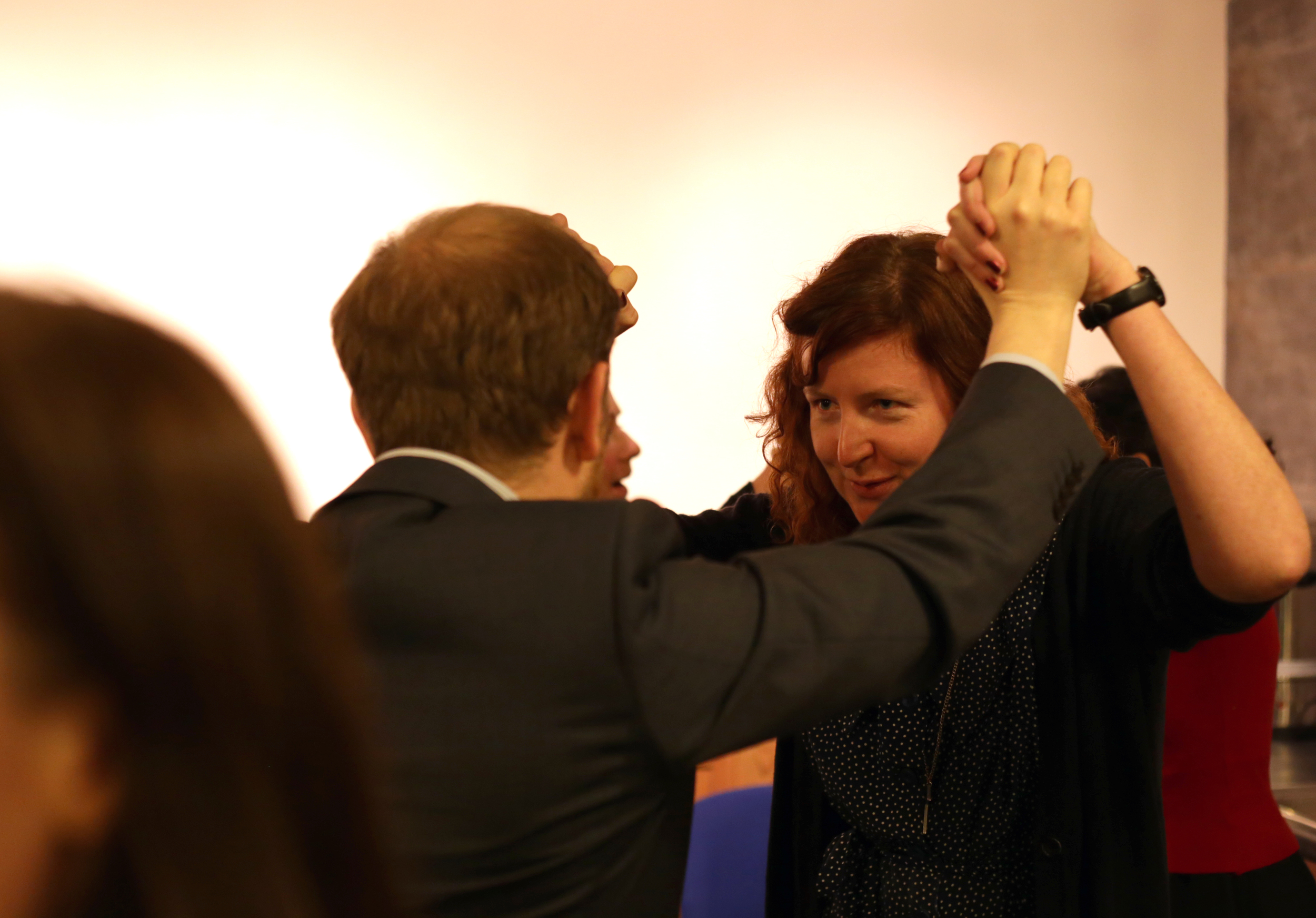Oh dear, it’s Blue Monday again. The day on which our gloom and unhappiness supposedly peaks. And with Brexit, Trump and 2016’s upsetting celebrity cull, this one could be the very bluest yet.
Let’s put aside for one moment the fact that Blue Monday is entirely bogus and was conjured up for a Sky Travel ad campaign in 2005. And that the equation is bunkum. And that even its creator says we should ignore it.*
It’s entirely possible, now we’re post-Christmas, and many months pre-summer holidays, and it’s been raining for (what feels like) an entire week, and your resolutions are starting to crumble, and you’d meet up with friends but everyone’s too tired/skint/teetotal, that you might feel a bit… flat. And that being told it’s the most depressing day of the year might not help.
So what are we do with all of this, not least if tomorrow turns out to be just as glum? If said glumness is of the fairly temporary variety, you might like to try the following. (For anything else, do check out #blueanyday.)
Body Scan
Some people find a quick body scan can help them to be present in the moment, and figure out with how they actually feel. (As opposed to how a marketing concept tells them they ought to feel.) See below for a few tips if you fancy giving that a go. The point is simply to notice, rather than change, how you are.
1. Notice your breathing. Is it deep, shallow, fast, slow, uneven, steady, etc.?
2. Scan down your body, from the crown of your head to your fingertips and toes. Notice where you feel comfort and tension, and which parts of your body feel relaxed or tired.
3. Scan your emotions. Notice how you feel in this moment and the emotions you’re experiencing.
Go to the pub – no, really!
And if that’s not your thing, then you might like to know that going to the pub with friends appears to improve wellbeing. Though I should add that the Oxford University research does also point out that the potential benefits are similar to other socially bonding activities such as laughter, singing and dancing. So you might have to stick out Dry January after all.
Make up your own bogus equation
Finally, and with that research in mind, I recommend a hearty laugh at the equation behind Blue Monday. It really is gloriously silly. You might even like to come up with a few of your own, just for fun. Here’s one of mine.
H = B x O2 - P / D + 4
(Happiness = books read multiplied by time outdoors minus pigeon encounters divided by daylight + 4. Alternatively, hydrogen equals boron multiplied by oxygen minus phosphorus divided by + 4, where D = I made it up.)
I hope you’re having a happy Monday. And, if not, that this afternoon, or evening or tomorrow brings some cheer. Either way, and at any of time of year, you might like to check out #blueanyday.
*But let’s not ignore the mental health experts who say that Blue Monday creates damaging misconceptions about mental illness. And that the glib message that retail cures all can spell disaster for vulnerable people who spend more when they feel unwell.












